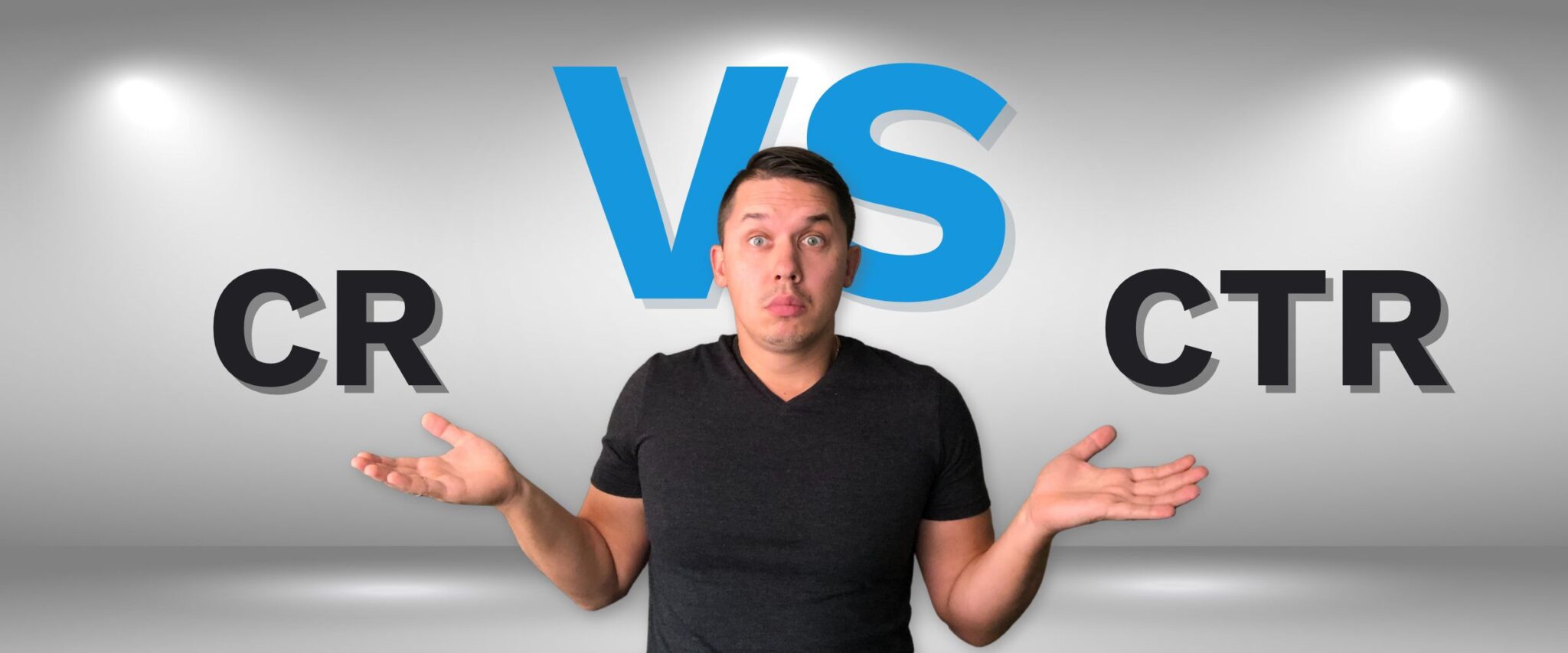One of the most important metrics for evaluating the effectiveness of your email campaigns is the click rate (CR) and click-through rate (CTR).
In this article, we will discuss the difference between these two metrics and why it’s important to understand the distinction.
Click Rate (CR) vs Click-Through Rate (CTR): Definitions

What is Click Rate (CR)?
Click rate (CR) refers to the percentage of recipients who clicked on any link in your email, regardless of whether they opened the email or not.
For example, if you sent an email to 1,000 subscribers and 25 people clicked on a link, your CR would be 2.5%.
👉 A higher CR is generally a good indicator that your email is engaging and effective at driving traffic to your website.
What is Click-Through Rate (CTR)?
Click-through rate (CTR) refers to the percentage of recipients who clicked on a link in your email after opening it.
Using the same example as before, if 250 people opened your email and 25 of them clicked on a link, your CTR would be 10%.
👉 A higher CTR is generally a better indicator of the effectiveness of your email content, as it measures the engagement of those who actually read your email.
CR vs CTR: Why is it Important to Understand the Difference?
Understanding the difference between CR and CTR is crucial for evaluating the performance of your email campaigns.
A high CR may indicate that your email subject line or preheader text is enticing enough to encourage recipients to click through, while a high CTR may indicate that your email content is engaging and relevant to your audience.
By tracking both metrics, you can identify areas where your email campaigns are performing well and areas that need improvement.
👉 Tracking both click rate (CR) and click-through rate (CTR) is essential for evaluating the effectiveness of your email campaigns. By understanding the differences between these two metrics, you can optimize your email content and calls to action to increase engagement and drive more traffic to your website.







